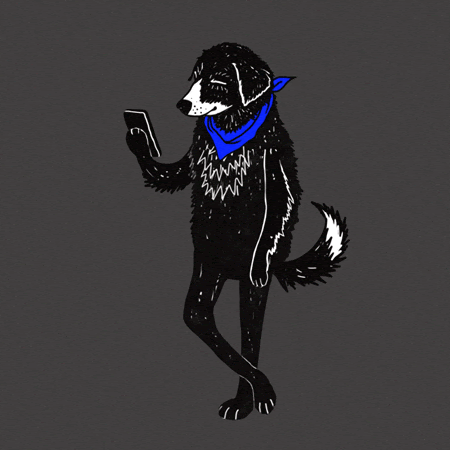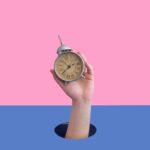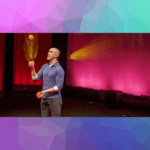
| Blue Light itself is not bad for the human body. Blue Light is one of the several main wavelengths out of the spectrum of sunlight. When we see a rainbow, the color spectrum is often recalled as ROYGBIV. Blue is third to last in this list; because of all the colors, it is the 3rd shortest and highest frequency, followed by Indigo and Violet. We see the sky as blue because blue light’s short frequency means it scatters it and makes particles appear blue. The amount of blue light we get from digital screens is minuscule compared to blue light exposure during a twenty-minute walk. So, what is the problem with blue light? Blue Light on Eye Strain: The general consensus among most optometrists is that blue light is not a big factor in eye strain. Some studies in rats showed eye damage, but human studies have not produced those results. Human eyes have blue light blockers that rats do not have. The more likely culprit is that people tend to use screens less than 2 feet away from their eyes and blink less (about 5x less) when staring at a screen than they do normally. A suggestion to prevent eye strain while using screens is called the 20/20/20 rule. Every 20 minutes, look at something 20 feet away for 20 seconds. This typically gives the eye a moment that calibrates away from the proximity of a bright screen. Blue Light and Sleep: Blue light is a known sleep disruptor. A disrupted circadian rhythm or sleep cycle can have a wide effect on hormones and metabolism. It’s common to interact with screens long past sunset, and blue light exposure has been clinically shown to suppress melatonin. Taking a melatonin supplement before bed can help counteract this, however, taking melatonin regularly over time can signal the body to produce less natural melatonin. Studies have shown that turning screens off 2-3 hours before bed or blocking blue light with glasses does improve sleep. Getting in the sun first thing in the morning can be a great way to wake up energized, and then shifting into warmer light colors at night will help the circadian rhythm. Matt Maruca of RA Optics (above) is a holistic pioneer in the study of light science and has coined the term The Light Diet to explain how light wavelengths affect overall health. When we receive blue light from the sun, it’s accompanied by all its friends in the ROYGBIV line-up. Receiving the full spectrum of these higher and lower frequencies together mitigates the effects of an isolated, high-frequency light. The red and orange light frequencies help absorb the blue light from the sun. Digital blue light is like opening a pack of Skittles and only getting greens. When considering purchasing blue light-blocking glasses, clear lenses can block anywhere from 5%-40% of blue light. To block an amount of blue light that would significantly adjust sleep patterns, yellow, orange, or red lenses that absorb blue light and block closer to 95% of blue light are ideal. They may look funny but they are worth considering for someone who spends a lot of time on digital time and struggles with sleep patterns. |


